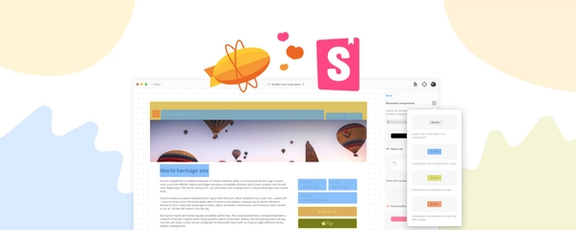What a day!
Today, we’re launching our second product and I can barely contain my excitement. Since day one, our goal at Zeplin has always been to help product teams build beautiful products. We couldn’t feel more proud to help millions of brilliant designers, developers, and other product folks accomplish that everyday.
…but there’s something else we’ve been quietly working on over the past years: evolving Zeplin to cover more of the product development lifecycle.
Today, we’re taking a big step forward in that evolution as we launch our second product — Omlet 1.0, component analytics for developers and design system teams. 🎉
Omlet helps you measure and understand component usage and adoption in the codebase across all your projects, so you can improve and scale your design system with confidence.
🔗 Read our official announcement on omlet.dev to learn how it all started, how Omlet works, and the value it’s already bringing to design system teams like Instacart, Optimizely, and HelloFresh, who were part of our limited beta.
Or if you’d like, give it a go yourself using our free 30-day trial. We're excited to hear what you think!
Thank you
“Here’s to our users,” we all raise our glasses.
Thank you, dear user. Thank you for all your support and your feedback over the years. Most importantly, thanks for making it easy to get up in the morning.
From our team to yours, cheers!




